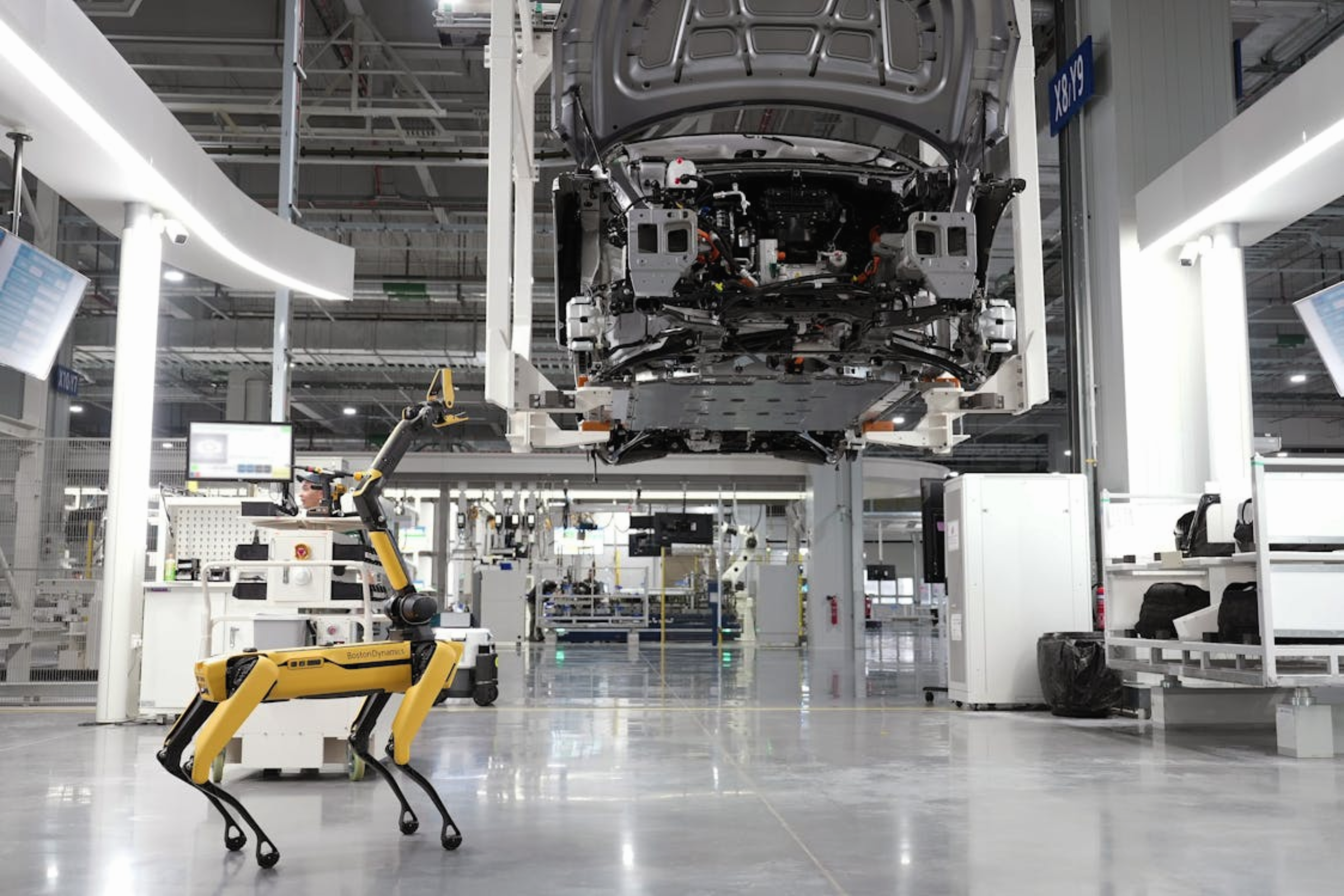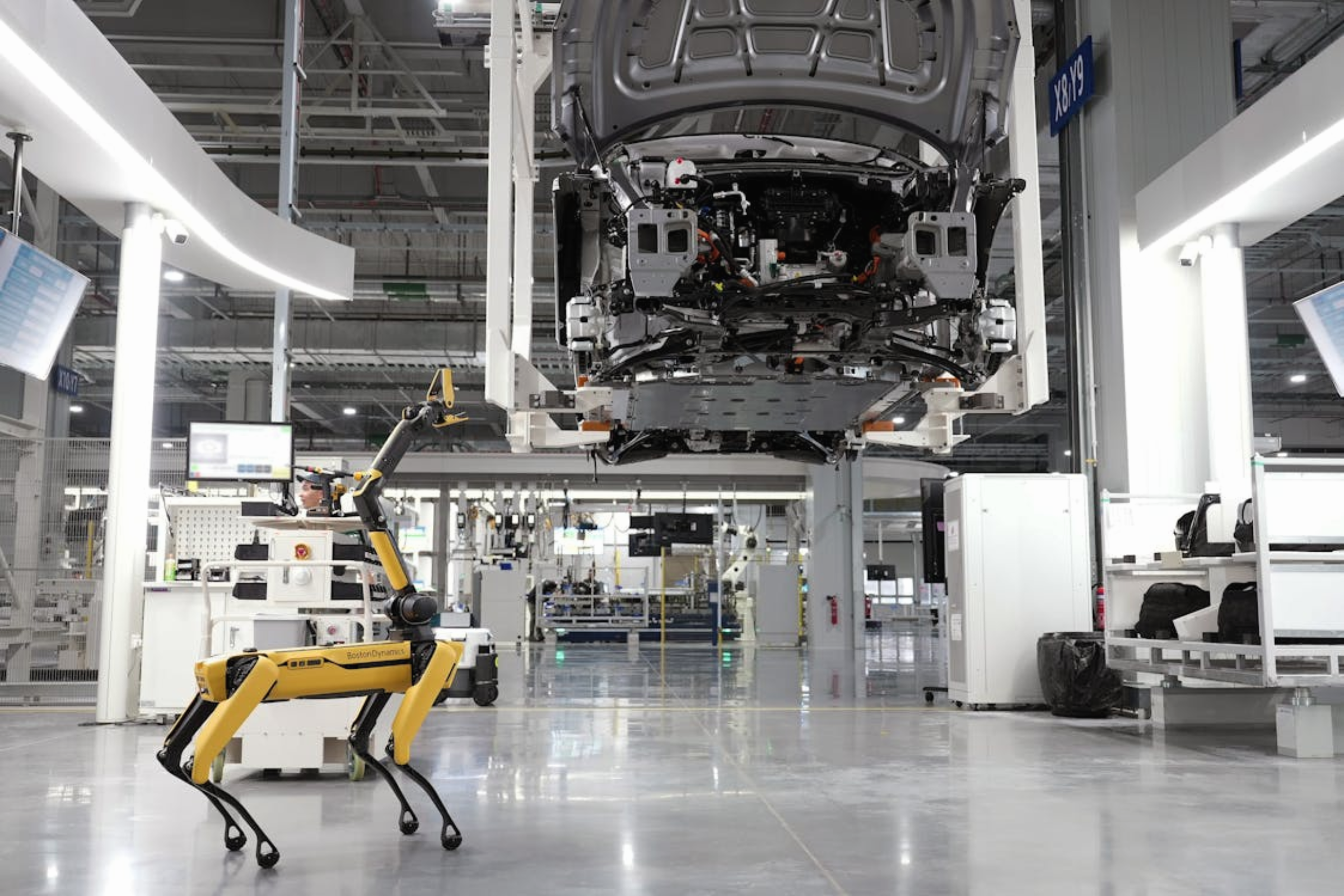
- PLM
- Digital Transformation
Operational Excellence: How Manufacturing Companies Can Work Smarter, Not Harder

In today’s volatile world, the manufacturing industry is under increasing pressure to work smarter, not harder. Operational Excellence plays a key part in this. How can manufacturing companies achieve operational excellence? And how can digital technologies support them in this? Our experts, Feike de Groot, Robert te Vaarwerk, and Vincent Verheul, show you a clear growth path for operational excellence.
What is Operational Excellence?
Let’s go back to the origins. According to Treacy and Wiersema's (Treacy & Wiersema, 1993) value discipline model, organisations can achieve market leadership by differentiating themselves in one of three value disciplines: Operational Excellence, Customer Intimacy or Product Leadership. In this article, we focus on Operational Excellence, helping organisations streamline internal processes, reduce costs and deliver reliable, consistent products or services.

Figure 1 Treacey and Wiersema's model (1993)
Achieving Operational Excellence requires more than just more efficient processes. It requires a structured approach which puts continuous improvement at the centre stage. Business Process Management (BPM) helps manufacturing companies map, analyse, optimise, and, where possible, automate their processes. By applying BPM, organisations can increase efficiency and pursue strategic goals in a more focused way. But where to start?
How mature are your business processes?
Gartner’s Business Process Maturity Model offers a growth path towards Operational Excellence. Companies typically go through several maturity phases.
- In the initial phase, they often operate with ad hoc processes without documentation or standardisation.
- As the organisation grows, processes become repeatable and controllable.
- The next phase is when processes are standardised and documented.
- In the next phase, performance is continuously monitored and measured, so that deviations can be adjusted in time.
- The most mature organisations reach the level of continuous improvement and optimisation, where processes are adjusted dynamically and data-driven to ensure maximum efficiency and quality.
By understanding where an organisation is at this scale, companies can take targeted steps to make their operational processes more efficient, effective and future-proof.
.png?width=1024&height=768&name=BPM%20maturity%20level%20(3).png) Figure 2 The Gartner Data Governance Maturity Model (2024)
Figure 2 The Gartner Data Governance Maturity Model (2024)
The Digital Shopfloor Scan
For most manufacturing companies, the maturity of a business process varies between processes, organisational departments, geographical locations, and/or product lines. Therefore, we recommend taking the Digital Shop Floor Scan. This scan deep-dives into your processes, focusing on the key areas within the manufacturing industry that directly affect the efficiency and effectiveness of the production environment. Using these insights, organisations can take targeted steps to improve their operational performance.
How to achieve Operational Excellence
Identifying improvement opportunities is only the first step. For managers who want to promote operational excellence, it is essential to consider business processes, organisation and systems as a whole. At Emixa, we take this holistic view so that your organisation not only operates more efficiently, but also becomes future-proof
 Figure 3 Emixa's Holistic Overview of Business Processes, Systems, Organisation, and Strategy
Figure 3 Emixa's Holistic Overview of Business Processes, Systems, Organisation, and Strategy
- Business processes. These are the backbone of your organisation. They determine how efficiently and effectively goals are achieved. By optimising workflows, minimising waste and improving cooperation, your organisation can reduce costs and strengthen its competitive position. A strong foundation in process optimisation is essential to successfully promote operational excellence.
- Organisation. The organisational side plays an equally important role. This includes the corporate culture, structure and roles within your organisation. Innovation only really succeeds when employees are open to change and embrace new technologies. A digital mindset and support within all layers of the company make the difference between a superficial adaptation and a sustainable transformation.
- Systems. Besides processes and organisation, systems are the third pillar of digital maturity. Technologies such as ERP software, Iot devices, AI and cloud computing make processes more efficient and your organisation more responsive to changing market conditions. The right combination of these systems not only strengthens operational performance but also enables real-time data insights for faster and better decision-making.
When it comes to Operational Excellence, we recommend focusing specifically on optimising business processes and systems. This ensures that operational improvements and technological innovations go hand in hand, without immediately requiring a complete organisational restructuring. This allows your organisation to grow in phases and strategically towards a more efficient and smarter way of working.
Get in touch
Want to learn more about Operational Excellence in Manufacturing? We’re here for you.
Reach out to Wout Croonen, Robert te Vaarwerk or Feike de Groot.
Author: Feike de Groot
Published date: August 26, 2025

Explore our Technology. Access our downloads center.
Access NowStart your Digital Transformation with Emixa

We help businesses transform their digital future with cutting-edge technology and strategic products & services


